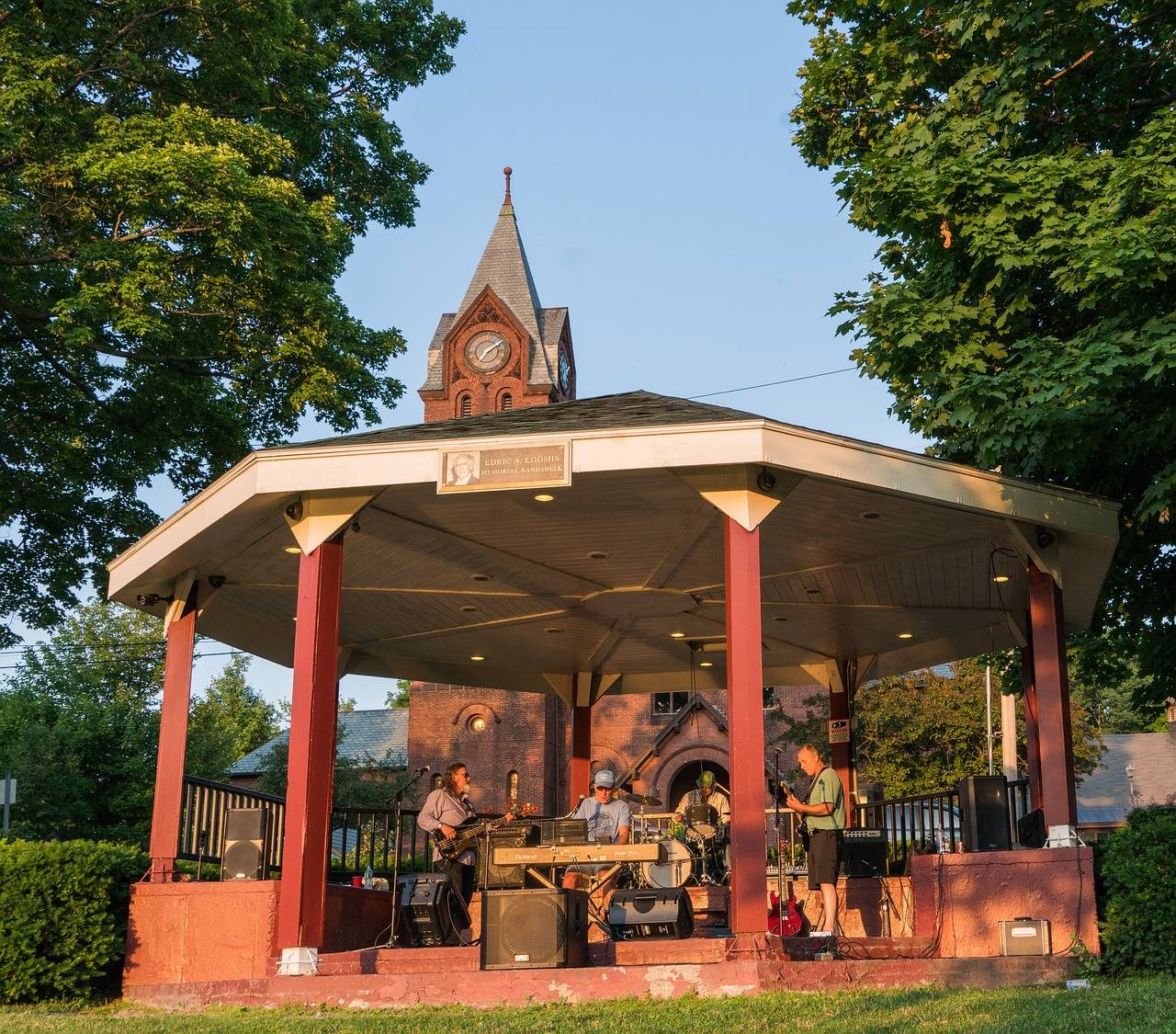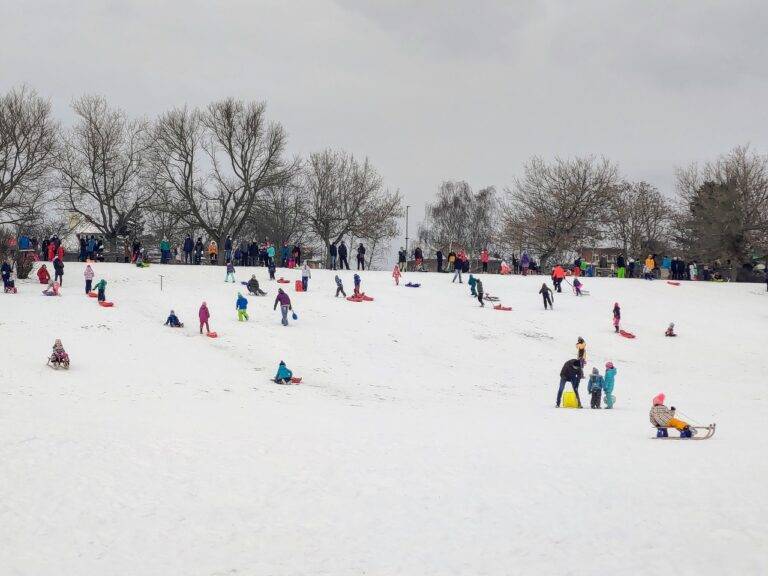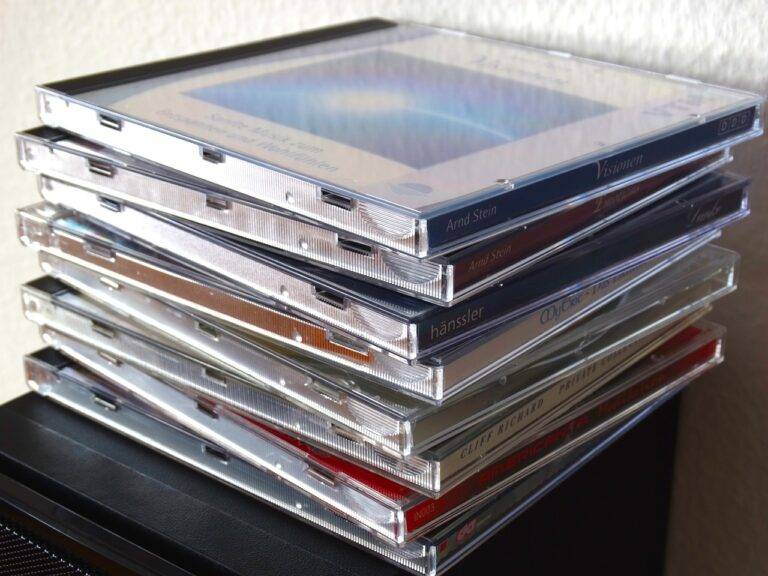The Role of Choreography in Creating Iconic Dance Movies
Dance in film has played a pivotal role in cinematic history, serving as a way to convey emotion, character development, and cultural context. From the early days of silent films to the elaborate productions of today, dance sequences have been a means of storytelling that transcends language barriers. Icons like Fred Astaire and Ginger Rogers popularized dance in film during the Golden Age of Hollywood, setting a standard for grace, style, and sophistication that continues to influence modern-day filmmakers.
Moreover, dance in film has been a reflection of societal norms and attitudes towards dance itself. In the early 20th century, dance was often seen as a form of rebellion and freedom, particularly in genres like jazz and swing. As societal values shifted, so did the portrayal of dance in film, reflecting changing attitudes towards gender roles, race, and expression. This evolution of dance on screen has mirrored the evolution of dance in society, showcasing the power of movement as a form of artistic expression and storytelling.
The Evolution of Choreography in Movie Dance Sequences
The art of choreography in movie dance sequences has undergone a fascinating evolution over the decades. From the classic musicals of the Golden Age of Hollywood to modern-day blockbusters, choreographers have pushed the boundaries of creativity and innovation in dance on the silver screen. In the early days of cinema, dance sequences were often simple and straightforward, serving mainly as entertainment rather than integral parts of the storytelling.
As filmmaking techniques advanced and audiences demanded more dynamic and engaging content, choreographers began to play a pivotal role in bringing dance sequences to life in movies. With the advent of music videos and dance-centric films, choreography became a powerful tool for conveying emotions, enhancing narratives, and creating memorable moments that resonated with viewers long after the credits rolled. The evolution of choreography in movie dance sequences continues to impress and inspire, showcasing the infinite possibilities of combining music, movement, and visual storytelling on screen.
The Influence of Choreographers on Visual Storytelling
Choreographers play a pivotal role in shaping the visual storytelling aspect of films through their creative choreography. Their ability to translate emotions, themes, and character development into movement brings depth and dimension to the storytelling process. By carefully crafting each dance sequence, choreographers enhance the narrative, allowing the audience to connect with the characters on a more profound level.
Moreover, choreographers collaborate closely with directors, cinematographers, and costume designers to ensure that the visual elements align harmoniously with the storyline. This collaboration emphasizes the cohesion between the dance sequences and the overall visual aesthetics of the film, enhancing the audience’s immersive experience. Through meticulous attention to detail and a deep understanding of movement, choreographers contribute significantly to the visual storytelling of a movie, elevating its impact and resonance.
How has dance been historically significant in the world of film?
Dance has been used in film to convey emotions, enhance storytelling, and capture the attention of audiences. It has been a powerful tool for adding depth and meaning to visual storytelling.
How has choreography evolved in movie dance sequences over the years?
Choreography in movie dance sequences has evolved from simple movements to complex and intricate routines. Choreographers now play a crucial role in creating visually stunning and emotionally impactful dance sequences on screen.
How do choreographers influence visual storytelling in film?
Choreographers work closely with filmmakers to enhance the narrative through dance movements and sequences. They use their expertise to bring characters to life, convey emotions, and create visually captivating moments that enhance the overall storytelling experience.





